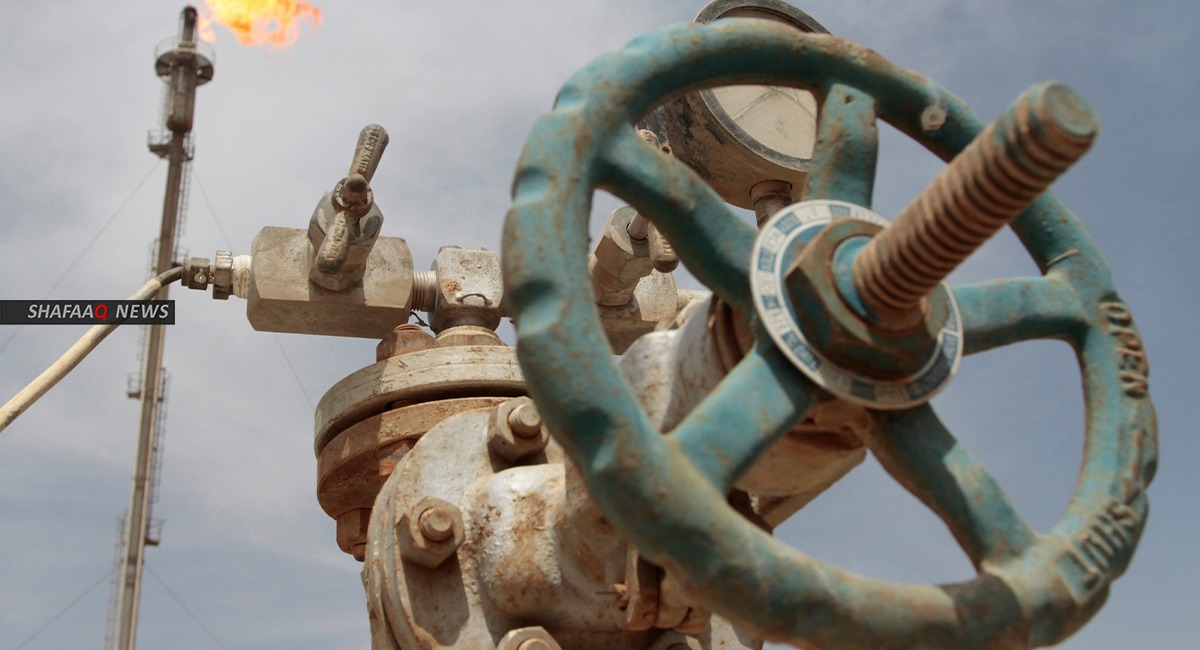Shafaq News / Oil prices climbed more than 1% on Friday after the International Energy Agency (IEA) bumped up its 2020 demand forecast but record-breaking new coronavirus cases in the United States tempered expectations for a fast recovery in fuel consumption.
According to Reuters,
Brent crude LCOc1 was up 59 cents, or 1.4%, at $42.94 a barrel by 11:42 a.m. ET (1543 GMT), and U.S. oil CLc1 was up 53 cents, or 1.3%, to $40.15 a barrel.
Brent was little changed on the week while U.S crude is set for a weekly fall of about 1%.
The Paris-based IEA raised its demand forecast to 92.1 million barrels per day (bpd), up 400,000 bpd from its outlook last month, citing a smaller-than-expected second-quarter decline.
Still, more than 60,500 new COVID-19 cases were reported in the United States on Thursday, setting a daily record. The tally was also the highest daily count yet for any country since the pathogen emerged in China late last year.
“While the oil market has undoubtedly made progress ... the large, and in some countries, accelerating number of COVID-19 cases is a disturbing reminder that the pandemic is not under control,” the IEA said.
Prices dropped early in the session after Libya National Oil Corporation announced it had lifted its force majeure on all oil exports after a half-year blockade by eastern forces.
“The expected re-start of Libyan exports will only add to the vulnerability of the OPEC+ production restraint in keeping the energy complex heavily reliant upon a renewed expansion in risk appetite for any advances back to around this week’s highs,” Jim Ritterbusch, president of Ritterbusch and Associates, said.
Meanwhile, oil inventories remain bloated due to the evaporation of demand for gasoline, diesel and other fuels during the initial outbreak.
“If we take a bigger picture view of the market, what stands out to us is that we have not yet seen much of a decline on the global inventory front,” JBC said.
U.S. crude oil inventories rose by nearly 6 million barrels last week after analysts had forecast a decline of just over half that figure.


